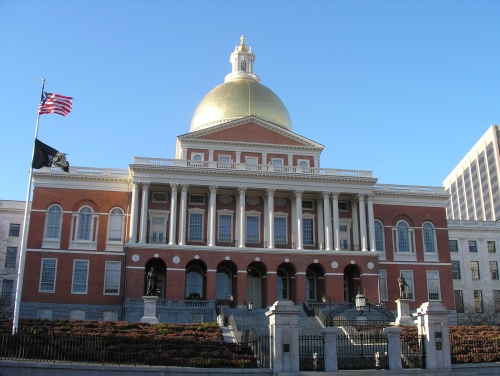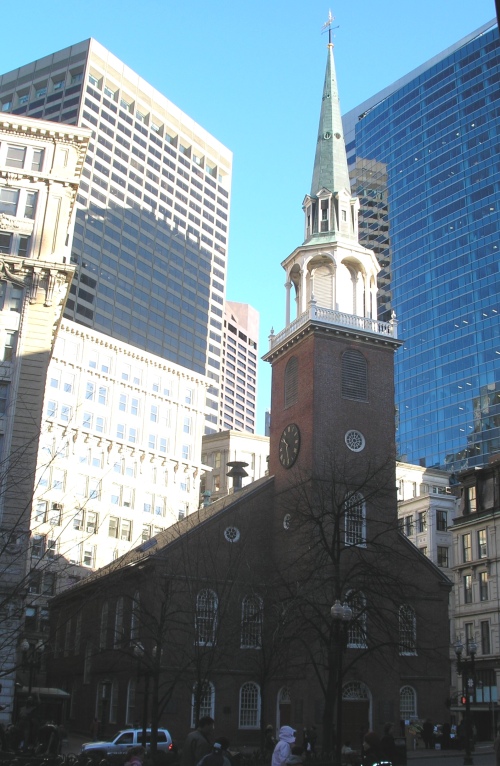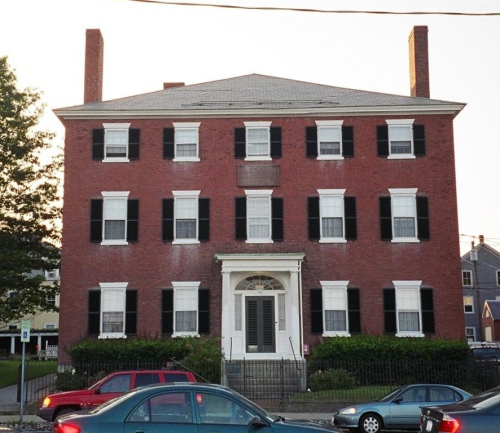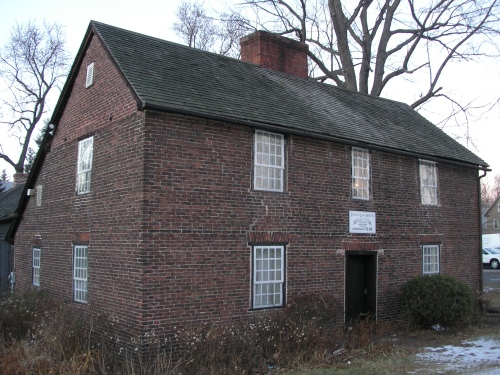Allen House (1734)
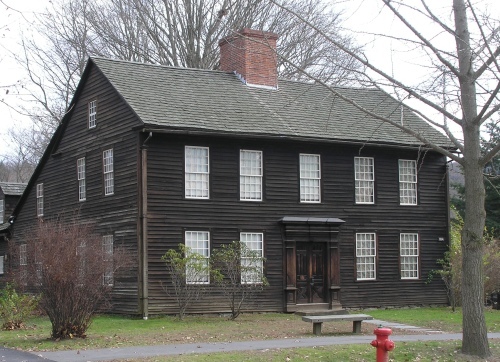
The colonial saltbox known as the Allen House was renovated in 1945 to become the Deerfield home of Henry and Helen Flynt, the founders of Historic Deerfield. They believed the house had been built around 1705, just after the Deerfield Raid of 1704. Current research indicates it was built around 1734. The land was originally owned by Simon and Hannah Beaman, who had been captured during the raid. The house was occupied by the Bardwell family and then by the Allen family, after the 1842 marriage of Catherine Elizabeth Bardwell and Caleb Allen. In 1896, Caleb Bardwell’s nieces, Frances and Mary Allen, with their mother took possession of the house. The Allen sisters were photographers, famous for their Deerfield scenes. They sold their work out of a shop in the house. During the nineteenth century, the interior of the house had been completely changed, leading the Flynts to gut it and recreate an eighteenth century plan. Open to visitors, the antiques-filled interior decoration of the house remains as it was when the Flynts were in residence.
